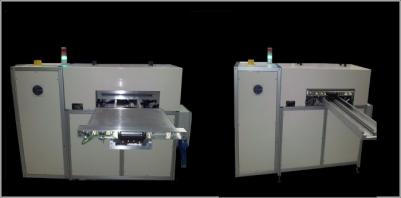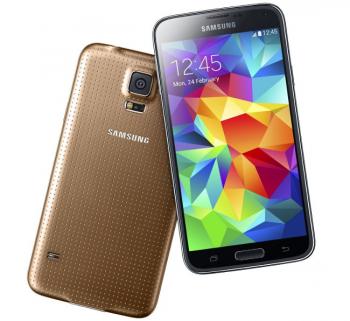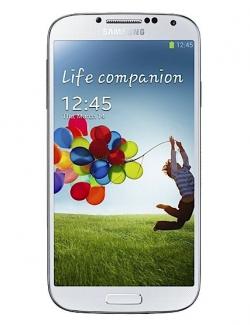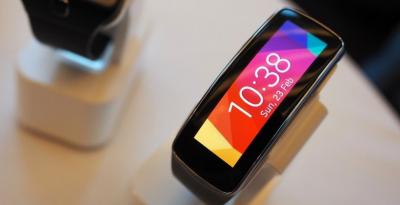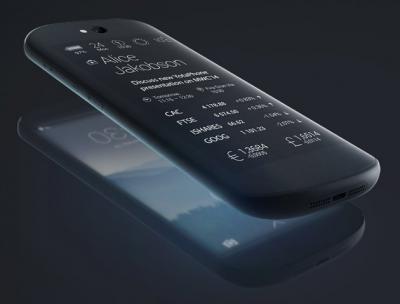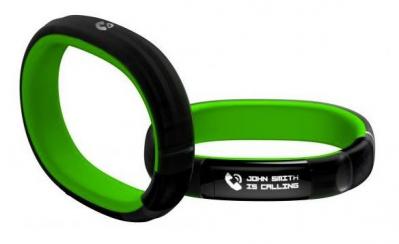UDC reports Q4 2013 results
Universal Display reported their financial results for Q4 2013. Revenues were $49.5 million (including $20 million in license fees from SDC). Total 2013 revenues were $146.6 million (up 75% from 2012). UDC ended 2013 with $273 million in cash, up from $244 in the end of 2012.

UDC also issued a guidance for 2014 - $190 to $205 million. SDC's royalty fees will be $50 million in 2014 (up from $40 in 2013). They expect most of the growth from 2013 to be in the second half of the year - due to capacity increase at SDC and LGD's Gen-8 OLED TV fab.


